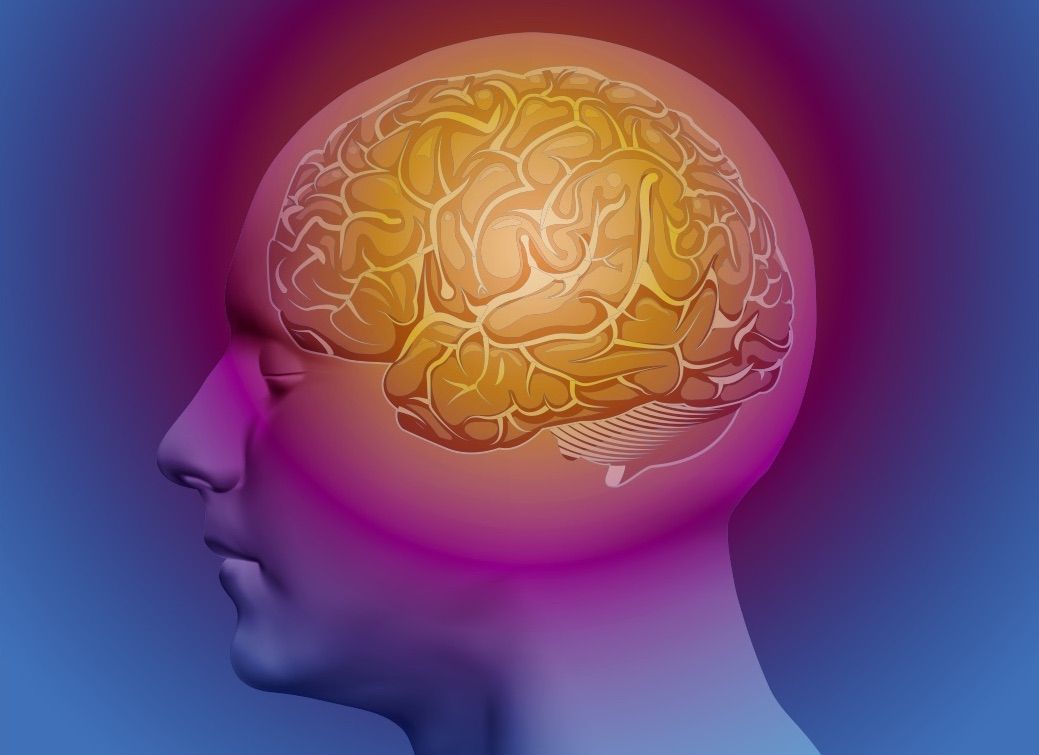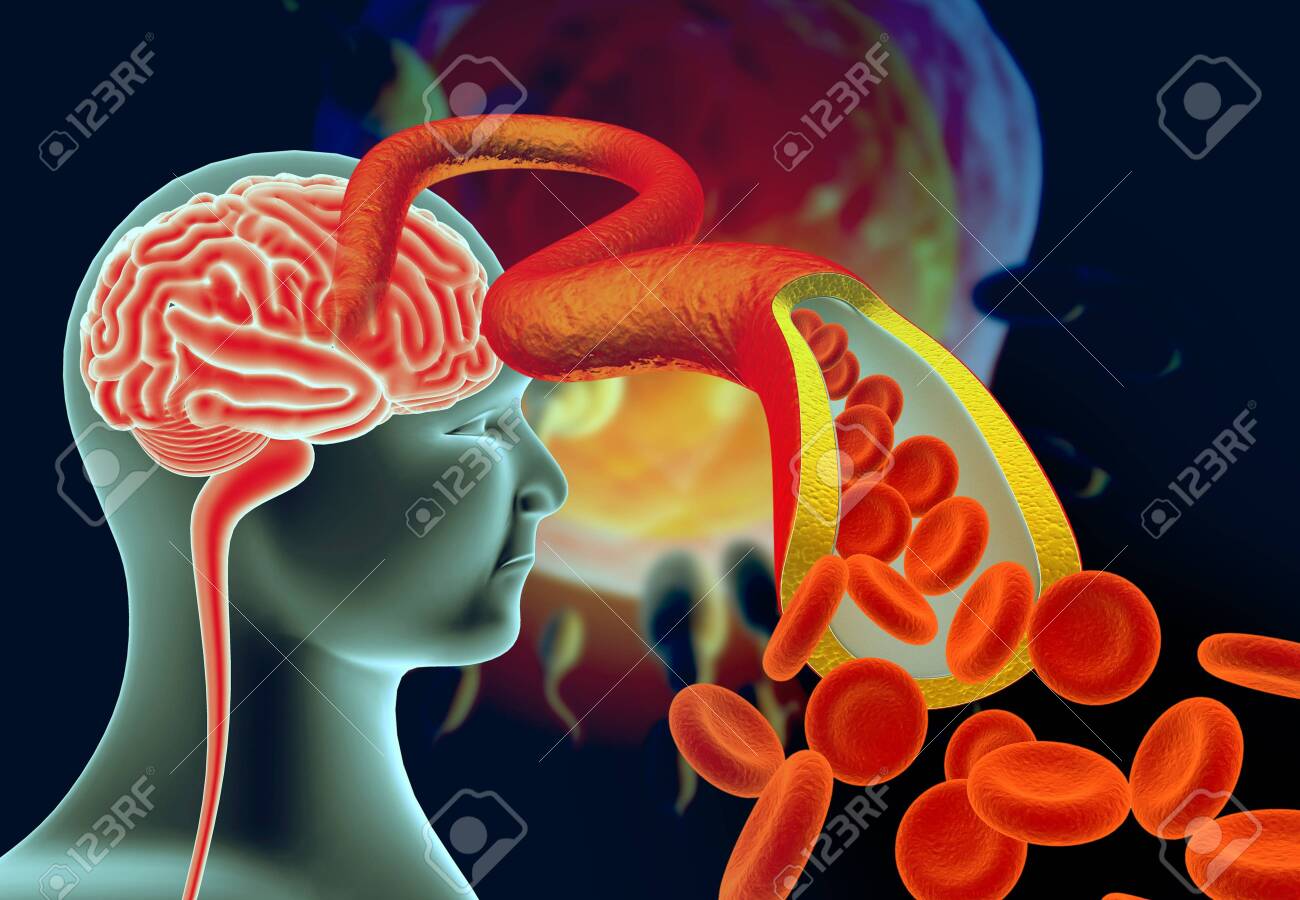
Should the slowing of clinical decline be confirmed in ongoing phase 3 clinical trials, it would provide compelling support for the amyloid hypothesis. These results justify further development of aducanumab for the treatment of AD. The main safety and tolerability findings are amyloid-related imaging abnormalities. Alzheimers is generally associated with two types of lesions throughout the cerebral cortex: amyloid plaques, which are found between the neurons. Amyloid is found in the senile plaques that dot the brains of patients with the dementing illness, but researchers always have had questions about amyloid: do people with. One of the major players in Alzheimer s disease is the peptide known as amyloid beta. This is accompanied by a slowing of clinical decline measured by Clinical Dementia Rating-Sum of Boxes and Mini Mental State Examination scores. Use Up/Down Arrow keys to increase or decrease volume.

In patients with prodromal or mild AD, one year of monthly intravenous infusions of aducanumab reduces brain Aβ in a dose- and time-dependent manner. Tangles are an abnormal collection of a protein call tau, which are tangled threads inside the neurons. At least four drugs have now demonstrated the ability to clear plaques from the brain: aducanumab, gantenerumab, Lilly’s LY3002813, and BAN2401 (Jul 2018 conference news).At the Alzheimer’s Association International Conference, held July 2226 in Chicago, researchers. In a transgenic mouse model of AD, aducanumab is shown to enter the brain, bind parenchymal Aβ, and reduce soluble and insoluble Aβ in a dose-dependent manner. Plaque is the abnormal build-up of protein fragments, called beta-amyloid, in the spaces between the Alzheimer patient’s nerve cells of the brain. After years of fits and starts, anti-amyloid immunotherapies are finally hitting their target effectively. The cerebral cortex controls attention, perception, awareness, thought, memory, language, and consciousness.

Here we report the generation of aducanumab, a human monoclonal antibody that selectively targets aggregated Aβ. The amyloid plaques first develop in the areas of the brain concerned with memory and other cognitive functions, the cerebral cortex, which is the outer layer of nerve tissue in the brain. Antibody-based immunotherapy against Aβ to trigger its clearance or mitigate its neurotoxicity has so far been unsuccessful. Alzheimer's disease (AD) is characterized by deposition of amyloid-β (Aβ) plaques and neurofibrillary tangles in the brain, accompanied by synaptic dysfunction and neurodegeneration.


 0 kommentar(er)
0 kommentar(er)
